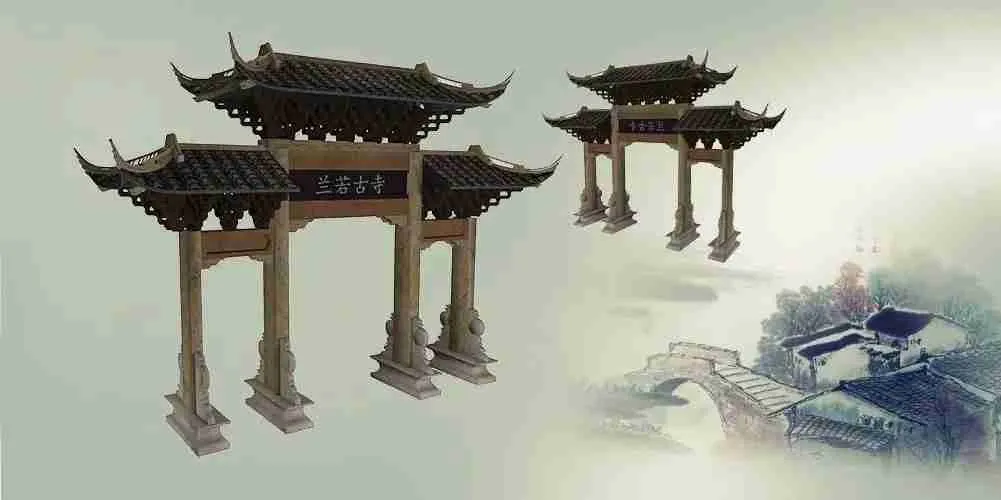From unique ancient buildings that were erected during ancient times to modern skyscrapers that are currently an attraction in modern China, Chinese architecture is seen to have mythological, cosmological, and symbolic elements. One of the most intriguing architectural monuments, is the Pailou, which we will discuss extensively in this article.
What is Pailou?
Pailou, which is also known as Paifang is a unique and traditional style of Chinese architectural gateway structures, or arch.is a traditional style of Chinese architectural arch or gateway structure, Chinese gates. Its existence and construction style was influenced by the introduction of Buddhism into China and it draws its history to torana, which is found in India. The arch (pailou) has also been introduced to other East Asian countries, such as Vietnam, Japan, and Korea, and it has also become a great part of their respective civilizations.
The History of Pailou archways in China

According to historical records and other Chinese literary works, Pailou draws its roots from the Torana temple gate, which is located in ancient India. The Torana, which is simply an Indian gateway marks the entry point to a Hindu temple or a Buddhist shrine. The Indian archway were made from stone and are comprised of two sturdy pillars that carry a beam-like transverse that extends on either sides.
The difference between the Indian and Chinese archways, however, is seen in their architectural characteristics. The Pailou features Chinese architectural elements, such as the design on the supporting posts, the use of wood and timber, the multi-tired roofs, and shapes that mimic traditional towers and gates.
It is embedded in Chinese culture and it dates back to the middle of the Spring and Autumn Dynasty, which reigned between 770 BC and 476 BC. During this time, the popular architectural style was Hengmen, which simply featured a beam that was supported by two sturdy pillars. At the time, erecting a Paifang/Pailou was a ceremonious event that called for respect and participation by everyone within the dynasty.
At the time of the Tang Dynasty, it was popularly known as Wutoumen, which described the top of the posts, which were painted black. When the Ming and Qing dynasties ushered in, it was now identified as Pailou/Paifang. By then, the architectural structure evolved into a more defined and better structured item, with an elaborate rooftop, more posts and a better designed gate.
What is the function of Pailou?

Generally, there are different types of Pailou, and each one of them symbolizes a specific cultural aspect, which is distinguished in their cultural patterns. These archways are often categorized based on the various functions that they possess. The table below outlines the functions of the Pailou.
| Function | Definition |
| The Chastity Pailou | The chastity Pailou is often constructed to honor a woman’s loyalty and respect to her husband. In ancient women, widowed women were known to identify through the archway of chastity. |
| The Royalty Pailou | Sometimes Pailou’s were constructed to honor a leader’s good deeds and to also honor ancestors when the need arises. |
| The Decorative Pailou | This were often erected to symbolize a particular street or the existence of a village. Other times it was more of a decoration or gateway or the main building in a particular environment. It could be a religious building, or a store to bring in new customers. |
Conclusion
To date, Pailou remain a memorial archway to date and they are still valued as a symbol of commemoration, decoration, and cultural identity. Also, they are valued as a tourist attraction symbol in modern China.